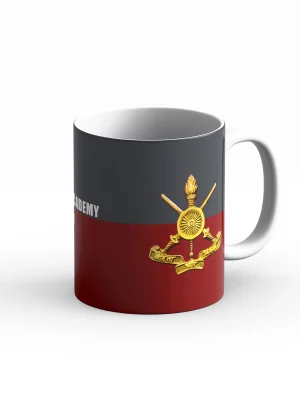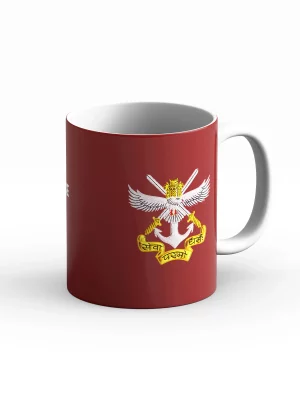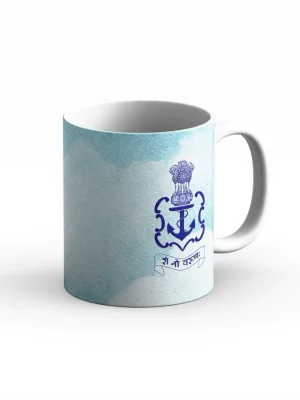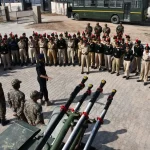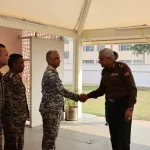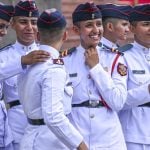India and Russia are engaged in intensive negotiations for the joint production of the Su-57 fifth-generation fighter jet, Russian Ambassador Denis Alipov confirmed on Saturday. The discussions include an unprecedented offer of deep technology transfer and large-scale localisation, marking what could be one of the most significant defence collaborations between the two nations in decades.
Russia Offers Full-Spectrum Technology Transfer
According to officials, Moscow has proposed a comprehensive cooperation framework on the Su-57E platform, promising complete access to critical technologies. The offer includes source codes, stealth materials, AI-enabled avionics, sensors, AESA radar, engines, low-signature technologies, and advanced weapons—far exceeding the scope of previous Indo-Russian programmes such as the Su-30MKI.
Russia has also assured support for licensed production in India, with Hindustan Aeronautics Limited (HAL) expected to lead phased manufacturing and integration. The plan envisages initial aircraft being delivered in fly-away condition, followed by indigenous production of subsequent squadrons.
Major Boost to ‘Make in India’ and Air Power Modernisation
The collaboration aligns closely with India’s ‘Make in India’ and ‘Aatmanirbhar Bharat’ goals, providing long-term sovereign capability in fifth-generation fighter technologies. Officials estimate that the programme could support the induction of at least two squadrons, with the possibility of expansion based on cost efficiencies achieved through localisation.
With Su-57 export units priced at $35–50 million, rising to $60–75 million under local manufacturing, the platform remains significantly cheaper than Western fifth-generation fighters such as the F-35—while offering full manufacturing and upgrade rights.
Geopolitical Context and Strategic Upscaling
The renewed push for fifth-generation collaboration comes nearly a decade after India withdrew from the earlier FGFA programme over cost and technology concerns. New geopolitical dynamics, coupled with India’s accelerated indigenous fighter development roadmap, have set the stage for re-engagement.
The negotiations are taking place alongside existing cooperation on the S-400 and prospective discussions on the S-500 air defence system, as well as ongoing BrahMos development.
Russian officials showcased the Su-57’s capabilities at the Dubai Air Show and highlighted the comparative advantage of Russia’s willingness to transfer full technology—something Western partners have consistently declined. ROSTEC CEO Sergey Chemezov reaffirmed Moscow’s commitment to meeting India’s specific requirements, including weapons integration and sustained production assistance.
Potential Breakthrough Expected During Putin’s December Visit
The ongoing talks are expected to feature prominently during Russian President Vladimir Putin’s visit to India in December. A formal announcement on the Su-57 collaboration would mark a transformative chapter in India’s air combat modernisation, offering a balance between advanced technology access, domestic capability building, and strategic autonomy in the fifth-generation domain.



